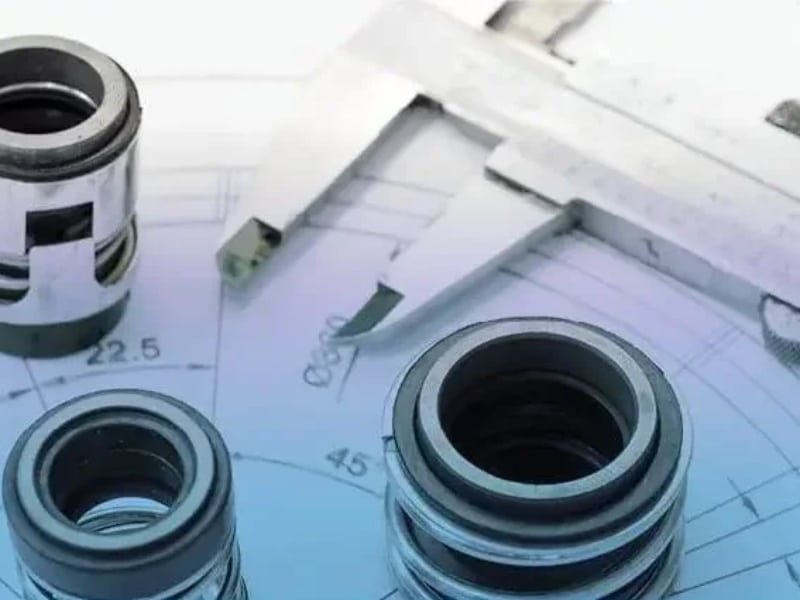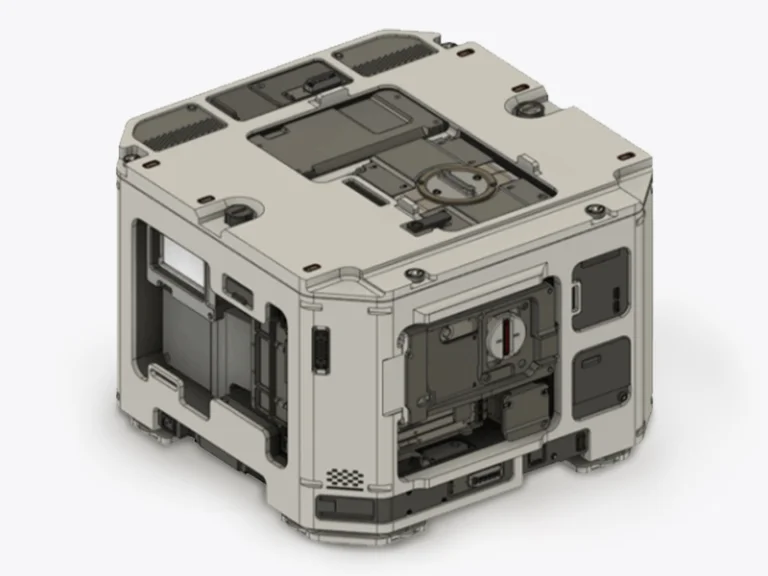Black specks injection molding are a commonly encountered issue in the production of plastic parts and are classified among the more troublesome injection molding defects. Their causes can be complex, often involving material contamination, thermal degradation, or equipment-related issues. To effectively address and prevent injection molding black spots, let’s explore the common causes, preventive measures, and practical troubleshooting steps.
What Are Black Specks in Injection Molding?
Black specks are tiny spots or particles that show up on injection molded parts. They can be visible surface blemishes or embedded inclusions inside the plastic. These specks degrade the visual appearance and sometimes affect the mechanical properties of the part, leading to rejections and increased manufacturing costs.

Main Causes of Black Specks Injection Molding
Black specks in injection molding stem from multiple sources. Below are the primary causes.
Material-Related Causes
- Contamination: Dust, grease, or foreign particles in raw resins or regrind introduce black specks in injection molding.
- Additive Degradation: Additives like dyes or antistatic agents degrade under high temperatures or shear, forming dark particles that appear as injection molding black specks.
Equipment-Related Causes
- Residue Buildup: Degraded resin accumulates in screws, barrels, nozzles, or hot runners. These carbonized residues break off, forming black specks in injection molding.
- Wear and Tear: Worn screws, non-return valves, or mold components (e.g., sliders, ejector pins) generate metal dust or iron powders, which manifest as injection molding black specks.
- Improper Purging: Inadequate cleaning during material or color changes leaves residual resin that degrades, contributing to black specks in injection molding.
Process-Related Causes
- Overheating: Excessive barrel or hot runner temperatures exceed the thermal stability of resins, causing carbonization and black specks in injection molding.
- Prolonged Residence Time: Long cycle times or oversized machines keep resin in the barrel too long, leading to thermal breakdown and injection molding black specks.
- High Shear Rates: Excessive screw speeds or injection rates create shear heating, degrading the melt and producing black specks in injection molding.
Mold-Related Causes
- Poor Venting: Inadequate mold venting traps air, causing adiabatic compression (rapid pressure increase) that burns the resin, resulting in black specks in injection molding.
- Improper Gate/Runner Design: Small gates or runners increase shear stress, overheating the resin and forming injection molding black specks.
Preventing Black Specks in Injection Molding
Preventing black specks requires an integrated approach.
Material Management
- Source clean, high-quality resins and masterbatch to minimize contamination risks. Inspect raw materials for dust or grease before use.
- Dry hygroscopic resins like nylon or PET thoroughly using a dehumidifying dryer to prevent moisture-induced degradation, which can cause injection molding black specks.
- Clean grinders meticulously when using regrind to avoid introducing fines or contaminants that lead to black specks in injection molding.
Equipment Maintenance
- Clean screws, barrels, nozzles, and hot runners regularly with purging compounds to remove degraded resin, preventing black specks in injection molding.
- Repair or replace worn components like screws or non-return valves to eliminate metal dust that contributes to injection molding black specks.
- Calibrate temperature controls to maintain precise settings, avoiding overheating that triggers carbonization.
Process Optimization
- Set barrel and hot runner temperatures within the resin’s thermal stability range to prevent black specks in injection molding.
- Use machines with 20–80% barrel capacity to reduce residence time, minimizing the risk of injection molding black specks.
- Optimize screw speed and injection rates, using multi-stage injection for heat-sensitive resins to reduce shear heating.
Mold Design and Maintenance
- Enhance mold venting to release trapped air, preventing burns that cause black specks in injection molding.
- Enlarge gates and runners and polish mold surfaces to reduce shear stress and residue buildup, minimizing injection molding black specks.
Troubleshooting Black Specks: A Step-by-Step Process
To troubleshoot black specks in injection molding, first identify if they’re on the surface or embedded, as this indicates mold or material/equipment issues. Check for contamination in raw materials, clean equipment thoroughly, and inspect for worn parts. Review and adjust process parameters to avoid overheating or long residence times. Use proper mold venting and cleaning methods, and test changes step by step to pinpoint the root cause.
Conclusion
Black specks in injection molding, though challenging, can be managed with diligence. The professional manufacturer can prevent these defects with meticulous management. At Jiangzhi, our expert engineers leverage advanced techniques and rigorous quality control to eliminate injection molding black specks, ensuring flawless parts that meet the highest standards. Contact Jiangzhi today for tailored injection molding solutions.




